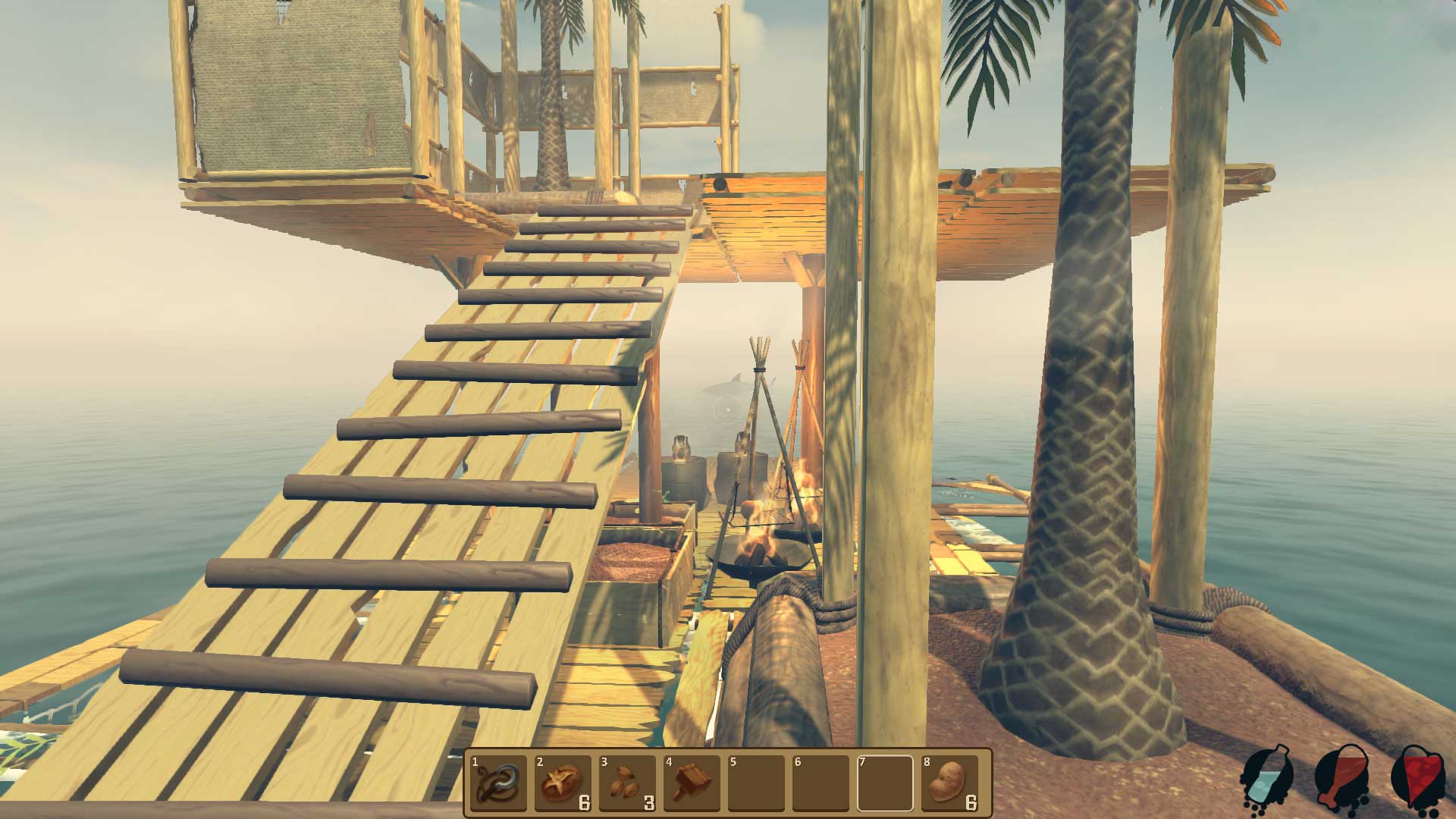
Runyon added that the halotherapy room has become a sanctuary for not only clients but also for staff for renewal and recovery. “This has been such a great addition to our facility for customers and staff alike,” she said, “When any staff member has a little cough or congestion, they take time in the salt room and see results the same day. Salt Chamber CEO Leo Tonkin commented: “We’re getting more requests from resorts for bespoke salt rooms and concepts that move the salt room from the spa to a standalone wellness concept. “Arizona Biltmore is home to the first standalone salt room in a resort to be designed, built and installed from the ground up. It’s surrounded by a natural oasis that sets it apart as an immersion wellness experience that entices all the senses. “Collaboration on bespoke projects that bring our client’s vision to life is our speciality. by Soviet filmmakers in the years between the Russian revolution and the rise of Stalin. Film School: The Kuleshov Effect This classic experiment shows the power of editing - as explained by one of its masters, Mr Alfred Hitchcock. These techniques are still used by filmmakers today and provide exciting opportunities to explore how images, sound and ideas can work together. Soviet Montage Theory is a film movement that took place in Soviet Russia during the 1910’s, 20’s and into the early 30’s.Film School: Editor Thelma Schoonmaker The film editor's words on her craft, and her longtime working relationship with Martin Scorsese.‘Soviet montage’ was born out of both ideology and necessity.

Film School: Colour in Film A collection of video essays exploring ways colour is used in visual storytelling.

It was founded by Lev Kuleshov while he was teaching at the Moscow Film School. Soviet montage theory is an approach to understanding and creating cinema that relies heavily upon editing (montage is French for assembly or editing).Film School: Kubrick, Corrected Re-cuts, de-effects, and other responses to moments from the films of Stanley Kubrick.According to prominent Soviet director Sergei Eisenstein, there are five different types within Soviet Montage Theory: Metric, Rhythmic. Within Soviet Montage, there are a lot of ways to juxtapose images.Film School: Dear YouTubers… Stop doing these things - they're easy enough, and we'll all win.

Film School: Cross-Cutting A look at the craft of juggling multiple narratives through careful editing. There’s Intellectual Montage, for example, which refers to the juxtaposition of two otherwise unrelated images to create a third idea in your mind. This is the purest form of Soviet Montage, and Kuleshov’s experiment is a perfect example. The Kuleshov effect is a film editing ( montage) effect demonstrated by Russian film-maker Lev Kuleshov in the 1910s and 1920s.

Film School: How Editing Can Transform Genre The power of cutting, transitions, sound design and music cues in creating - and completely transforming - our understanding of film. Film School: Parasite (2019) A collection of video essays on the craft of Bong Joon Ho's film.It is a mental phenomenon by which viewers derive more meaning from the interaction of two sequential shots than from a single shot in isolation.


 0 kommentar(er)
0 kommentar(er)
